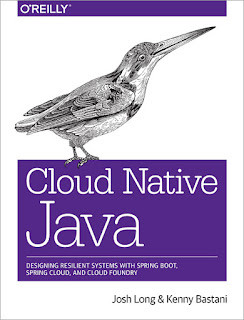 |
| Did you notice the strange circular arc stand? |
On the bright side, the PMI refresh rate as reported by the manufacturer, see here more analytical specs, has been increased to 1600 Hz, offering a clearer high definition view than the predecessor. Especially during ultra high definition satellite reception, which is presently the sole way for free 4k content. Bluetooth support, HDR, IPS Miracast, Intelligent Voice Recognition, only for selected tongues, are also welcome additions or maybe not... One needs to pay special attention to what one says nowadays, is it not true? The initial assembly is also simplified and that might explain once more the brevity of the printed owner's manual. By the way, the manual authors have again spent almost two pages describing the functions of the optional magic remote, which is to be purchased separately for around 50€. Although Adobe flash player is still missing, one could experiment starting up some third party software, such as the nova player, and attempt to update it. Hopefully the built in primitive internet browser will be able to play online streaming content full screen, as provided by internet broadcasting services such as asestv.com. Sadly I see a trend of promoting streaming only via paid services and subscription apps asking online for credit cards numbers, such as netflix etc. That could keep someone shivering and trembling. Regular manual updating of the WebOS is namely necessary for safety and security reasons, please bear in mind that auto updating does not always work, especially when the tv ip address assignment is dynamic!
On the dark side, the cumbersome menu structure, the still archaic browser, the tv operation via the even smaller remote control, remain as good, or bad, as before. A convenient and cheaper alternative to buying the magic remote, is connecting a wheel mouse to the usb port of the tv or using the LG provided smart phone app. Beware whatever you type thus, circulates around the internet, so that advertisers can identify your interests or needs! Sadly connecting a microsoft natural keyboard for entering text, did not work again. Moreover, some people as always claimed that the strange plastic stands are of moderate to low quality and that the tv does not allow to switch off entirely. However, one can still disable the standby led light by changing the settings in order to save energy. Another regular complaint is the so often "Out of memory error", appearing while browsing the internet. Hopefully the updates will solve that problem too.
All in all, the setup is fast, but the software quality of the open source based WebOS remains disputable, I 'd rather have another OS, or at least a modern browser installed instead. For a price of less than 400€ it seems to be worth the money only for people having access to a satellite dish. Watching online streaming is still troublesome, since the broadband lines are still too slow, unreliable, depending on the time of the day and the weather.
